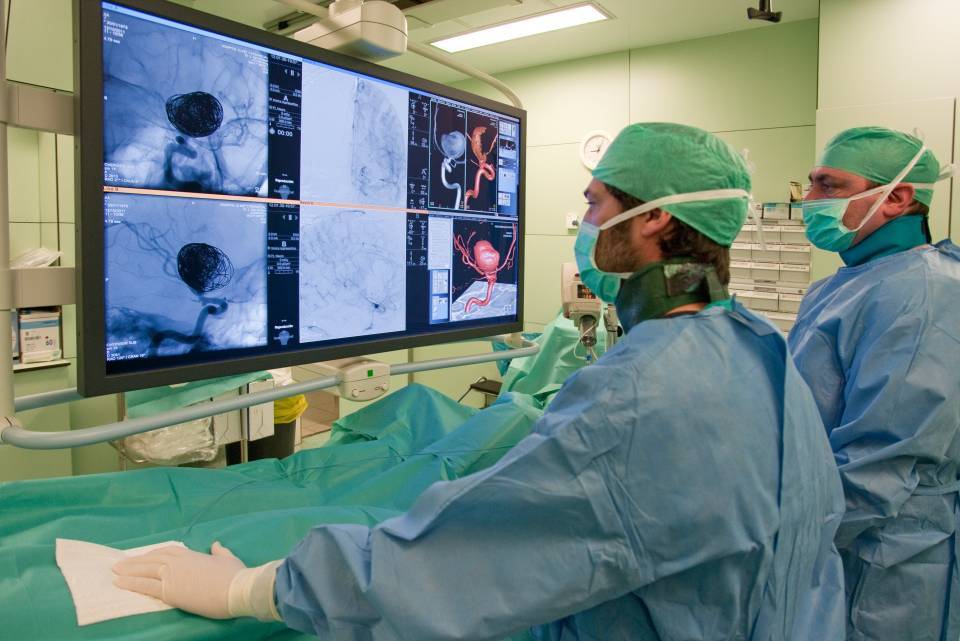One of the main risks associated with infection by the novel coronavirus (COVID-19) are thrombotic or circulatory complications, both in the arterial system and the venous system, especially in cases of serious illness. It is believed that this effect is due to the immune system's excessive response when fighting the virus, which generates clotting substances such as fibrinogen. This molecule can reach concentrations of 2 or 3 times the normal level, which induces the formation of clots by surpassing natural anticoagulant mechanisms.
The incidence of thrombosis in patients who have had COVID-19 is not exactly known, although there are studies estimating that it may affect up to 50% of infected patients, especially in critical or more serious cases of the disease.
Other risk factors for the appearance of clots are a sedentary life, being over 70 years of age, being overweight, a history of oncological disease, or thrombophilia (a genetic predisposition to thrombotic problems).
The complications arising from thrombosis are diverse, although many can be serious, which would increase the risk of mortality associated with COVID-19.
The most frequent way in which these problems present themselves is deep vein thrombosis or pulmonary thromboembolism. In the former, a clot appears in the largest veins of the extremities, while in the latter the clot is found in the pulmonary veins. Of these two, pulmonary thromboembolism is the more serious complication, as it impedes the blood from reaching the lungs for correct oxygenation. Furthermore, it tends to aggravate respiratory problems caused by the coronavirus, which particularly attacks the pulmonary tissue.
The appearance of clots in the arterial system is less common due to its characteristics: the blood circulates at a higher speed and pressure, which means it is more difficult for it to coagulate. Although very few cases of arterial clots following COVID-19 have been described, they tend to be serious and increase the risk of myocardial infarction, ictus or intestinal ischemia.
Cases of acute ischemia (a sudden lack of blood flow) in the extremities have also been observed, some of which have even required surgical intervention. This is the case with patients described in an article published recently by the Clínic Cardiovascular Institute’s Vascular Surgery group, in the Journal of Vascular Surgery.
With regards to treating and preventing these complications, it is important to remember that the majority of cases are in hospitalised or critical patients. Therefore, preventative drug treatment is not currently recommended in the majority of patients affected by COVID-19, as they mostly present few or very mild symptoms which allow them to recover from the disease at home. Nevertheless, it is considered useful to maintain the highest level of mobility possible in case of quarantine, and to avoid being excessively sedentary for a long time.
With respect to hospitalised patients, current treatment protocols recommend the administration of preventative anticoagulant drugs such as low-molecular-weight heparins. These drugs are administered throughout the whole hospitalisation, with individual assessment of the need to continue after being discharged, although it is usually not necessary.
Finally, it is important to highlight that the best prevention for any of these potential complications associated with COVID-19 is to maintain a healthy lifestyle by doing moderate physical exercise, maintaining a healthy weight, not smoking and controlling cardiovascular risk factors (mainly high blood pressure, diabetes and high cholesterol).
Author: Dr Xavier Yugueros, Cardiovascular Surgery Service, Clínic Cardiovascular Institute




